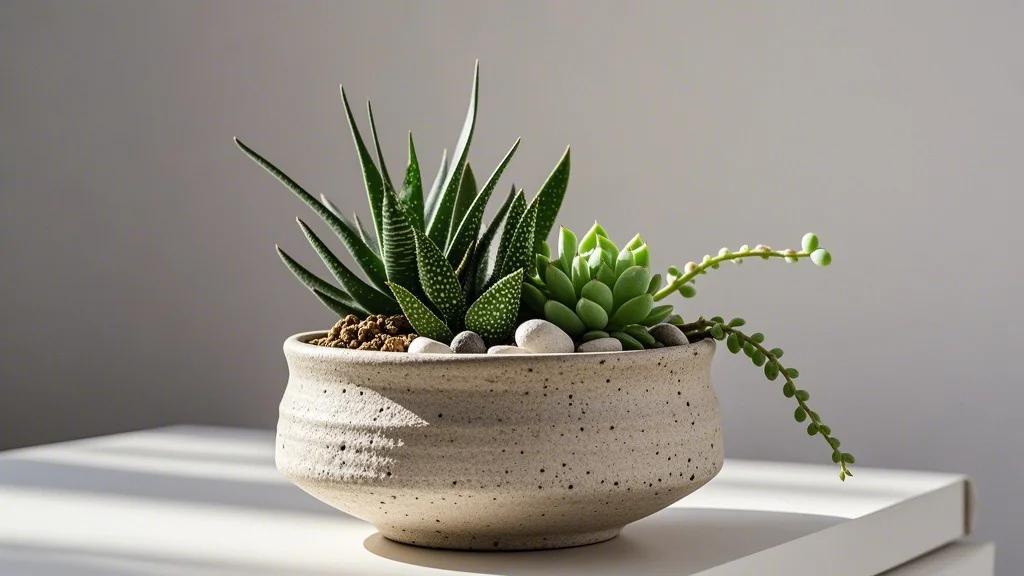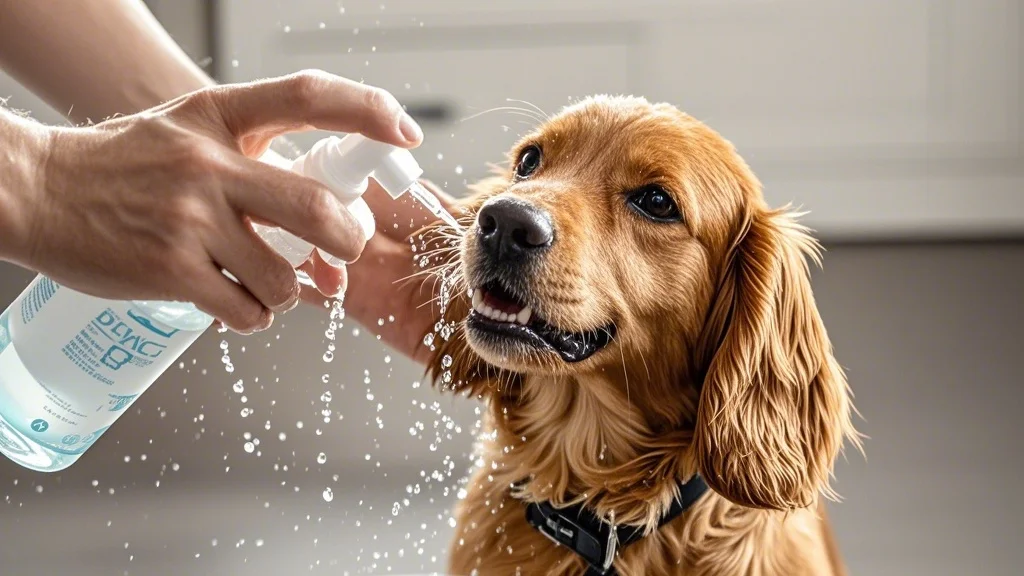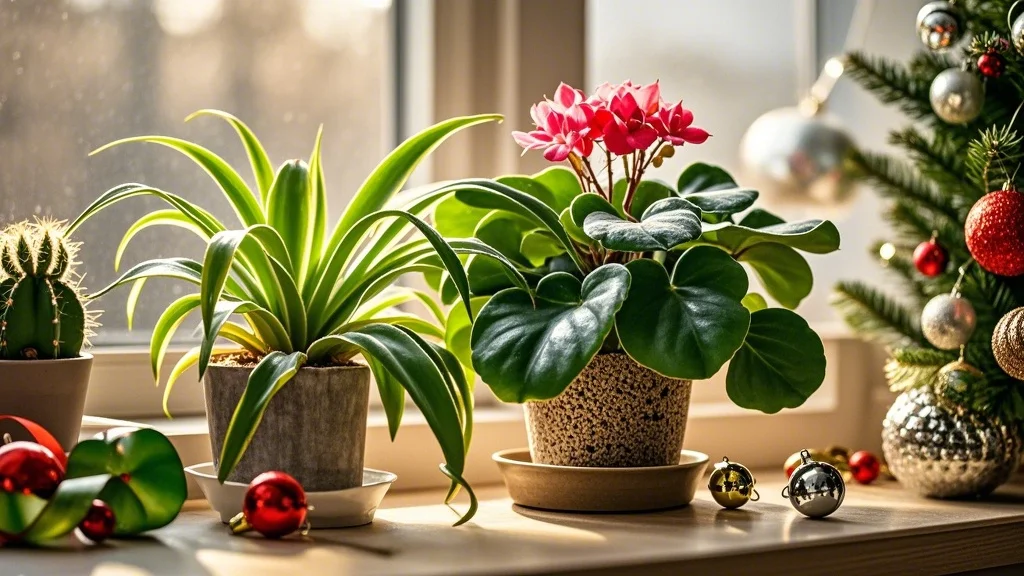For pet owners who love to cook, growing fresh herbs at home can be a delightful way to enhance your culinary creations. However, it’s crucial to ensure that the plants you cultivate are safe for your furry friends. This guide will explore a variety of pet-friendly herbs that you can grow indoors, providing both fresh ingredients for your kitchen and peace of mind for your pet’s safety.
Contents
Why Grow Pet-Safe Herbs?
Growing herbs at home offers numerous benefits:
- Fresh ingredients at your fingertips
- Cost-effective compared to store-bought herbs
- Aromatic and decorative additions to your living space
- Potential health benefits for both humans and pets
By choosing pet-safe varieties, you can enjoy these advantages without compromising your pet’s well-being.
Top 10 Pet-Safe Culinary Herbs
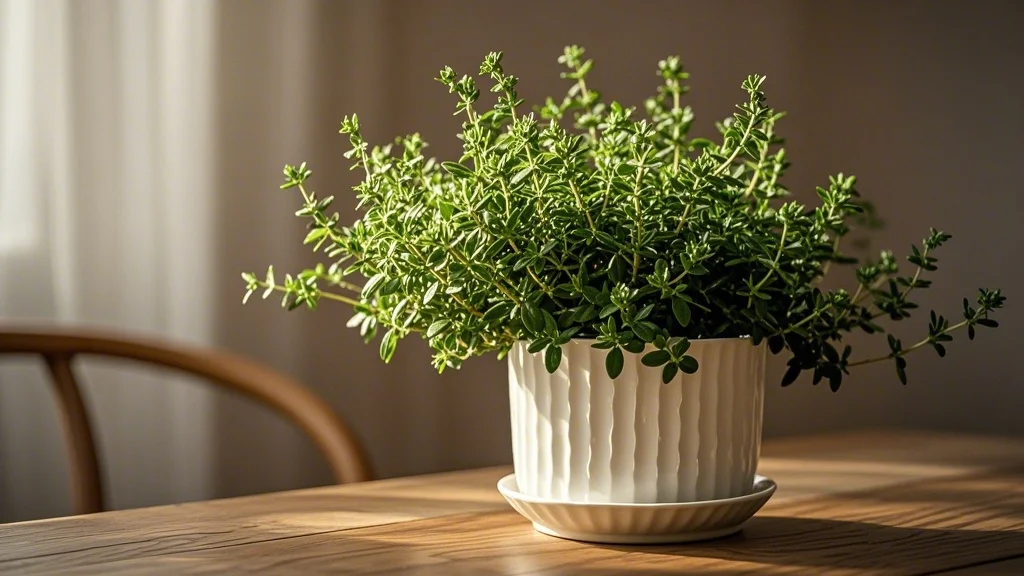
1. Basil
Basil is a versatile herb that’s safe for both cats and dogs. It’s rich in antioxidants and has anti-inflammatory properties.
Growing tips:
- Prefers full sun
- Keep soil moist but not waterlogged
- Pinch off flower buds to encourage leaf growth
Culinary uses: Perfect for pesto, Caprese salad, and Thai dishes.
2. Thyme
This aromatic herb is non-toxic to pets and adds a delightful flavor to many dishes.
Growing tips:
- Requires well-draining soil
- Thrives in full sun
- Drought-tolerant once established
Culinary uses: Excellent in soups, stews, and roasted meats.
3. Rosemary
Rosemary is safe for pets and offers a robust, pine-like flavor to your cooking.
Growing tips:
- Needs full sun and well-draining soil
- Water deeply but infrequently
- Prune regularly to maintain shape
Culinary uses: Great for roasted vegetables, focaccia bread, and grilled meats.
4. Mint
Mint is safe for pets and can even freshen their breath. It’s also easy to grow indoors.
Growing tips:
- Grows well in partial shade
- Keep soil consistently moist
- Plant in containers to prevent spreading
Culinary uses: Perfect for teas, cocktails, and Mediterranean dishes.
5. Parsley
Both curly and flat-leaf parsley are safe for pets and packed with nutrients.
Growing tips:
- Prefers cool temperatures and partial shade
- Keep soil consistently moist
- Harvest outer leaves first
Culinary uses: Great in salads, as a garnish, or in Middle Eastern dishes like tabbouleh.
6. Cilantro
Cilantro is non-toxic to pets and adds a fresh, citrusy flavor to many dishes.
Growing tips:
- Grows best in cool weather
- Prefers partial shade in hot climates
- Sow seeds every few weeks for continuous harvest
Culinary uses: Essential in Mexican, Indian, and Southeast Asian cuisines.
7. Sage
Sage is safe for pets and offers a strong, earthy flavor to your cooking.
Growing tips:
- Requires full sun and well-draining soil
- Drought-tolerant once established
- Prune after flowering to maintain shape
Culinary uses: Excellent in poultry dishes, stuffings, and sausages.
8. Oregano
This Mediterranean herb is pet-safe and adds a robust flavor to many dishes.
Growing tips:
- Thrives in full sun
- Prefers well-draining soil
- Trim regularly to prevent woody growth
Culinary uses: Perfect for pizza, pasta sauces, and Greek dishes.
9. Dill
Dill is safe for pets and offers a unique, tangy flavor to your culinary creations.
Growing tips:
- Prefers full sun but tolerates partial shade
- Keep soil consistently moist
- Sow seeds every few weeks for continuous harvest
Culinary uses: Great in pickles, fish dishes, and potato salads.
10. Lemon Balm
This lemony herb is safe for pets and can be used in both culinary and medicinal applications.
Growing tips:
- Grows well in partial shade
- Prefers moist, well-draining soil
- Plant in containers to prevent spreading
Culinary uses: Excellent in teas, salads, and desserts.
Creating a Pet-Friendly Herb Garden
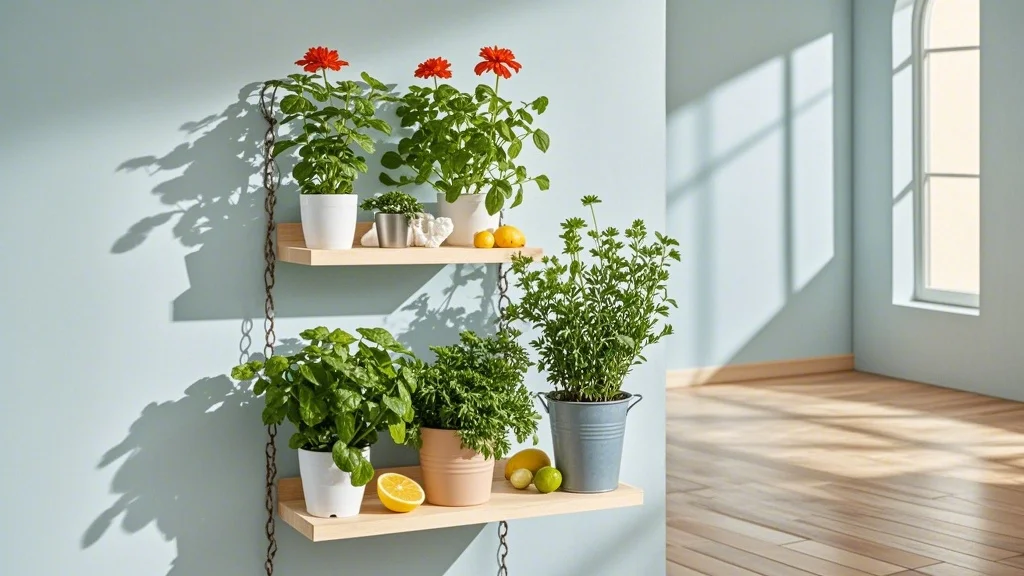
Now that we’ve explored some pet-safe herbs, let’s discuss how to create an indoor herb garden that’s both functional and safe for your furry friends.
Choosing the Right Location
Select a spot in your home that receives adequate sunlight (at least 6 hours per day for most herbs). South-facing windows are often ideal. If natural light is limited, consider using grow lights to supplement.
Selecting Containers
Choose containers with good drainage to prevent root rot. Ensure they’re sturdy enough to withstand curious pets without tipping over. Consider hanging planters or wall-mounted options to keep herbs out of reach of pets.
Soil and Fertilizer
Use a high-quality, well-draining potting mix specifically formulated for herbs. When fertilizing, opt for organic, pet-safe options to avoid any potential harm if your pet ingests the soil.
Watering and Maintenance
Most herbs prefer their soil to dry slightly between waterings. Use a moisture meter or simply check the soil with your finger before watering. Regularly prune your herbs to encourage bushy growth and prevent them from becoming too woody.
Pet-Proofing Your Herb Garden
While the herbs listed are non-toxic, it’s still best to discourage pets from nibbling on them. Consider these tips:
- Use natural deterrents like citrus peels or coffee grounds around the base of plants
- Create physical barriers with decorative fencing or pebbles
- Provide alternative pet-friendly plants for your furry friends to enjoy
Benefits of Pet-Safe Herbs
Growing pet-safe herbs offers advantages for both you and your furry companions:
- Fresh Culinary Ingredients: Having fresh herbs on hand can elevate your cooking and inspire new recipes.
- Air Purification: Many herbs naturally purify the air, benefiting both you and your pets.
- Aromatherapy: The scent of certain herbs can have calming effects on both humans and animals.
- Educational Opportunity: Growing herbs can be a great way to teach children about plant care and kitchen basics.
- Potential Health Benefits: Some herbs have medicinal properties that may benefit both you and your pets (always consult with a vet before using herbs medicinally for pets).
Cooking with Your Home-Grown Herbs
Now that you’re growing your own pet-safe herbs, here are some ideas to incorporate them into your cooking:
- Herb-Infused Oils: Create flavorful oils by steeping fresh herbs in olive oil.
- Herbal Teas: Make soothing teas using mint, lemon balm, or a combination of herbs.
- Compound Butters: Mix chopped herbs into softened butter for a delicious spread.
- Herb Salad: Toss a variety of fresh herbs with greens for a nutrient-packed salad.
- Herb Pesto: Blend basil, parsley, or cilantro with nuts, cheese, and olive oil for a versatile sauce.
Conclusion
Growing pet-safe herbs at home is a rewarding endeavor that benefits both you and your furry friends. By selecting the right herbs, creating a suitable growing environment, and taking proper precautions, you can enjoy fresh, flavorful ingredients in your cooking while ensuring the safety of your pets. Remember, while these herbs are considered non-toxic, it’s always best to monitor your pets and consult with a veterinarian if you have any concerns about their plant interactions. Happy gardening and cooking!

